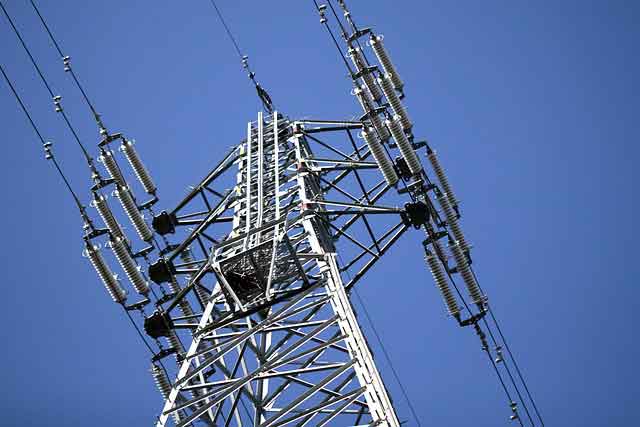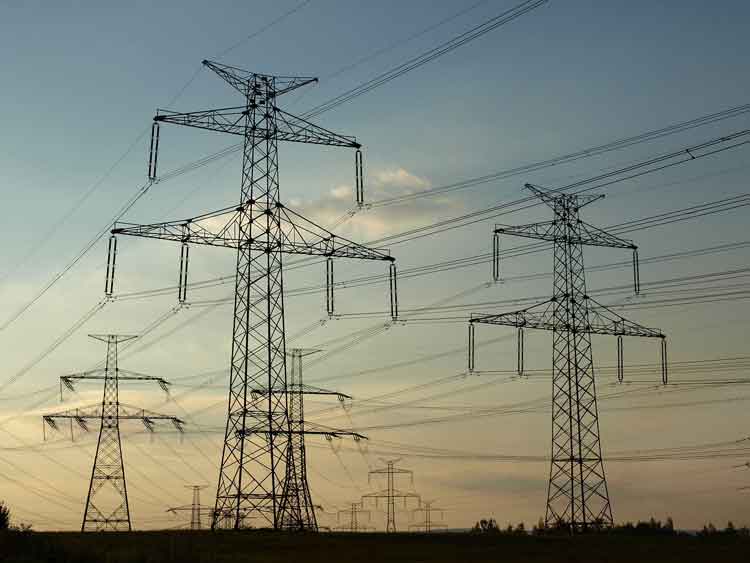
A New Era for Churchill Falls: Newfoundland and Labrador Secures Billions in Landmark Deal with Quebec
QUEBEC - St. John's, Newfoundland and Labrador - In a historic development, Newfoundland and Labrador (NL) and Quebec have reached a tentative agreement over the controversial Churchill Falls hydroelectric project, potentially unlocking hundreds of billions of dollars for the Atlantic province. The deal, announced jointly by Premier Andrew Furey and Quebec Premier François Legault, aims to rectify the decades-long imbalance in the original 1969 contract, which saw NL receive significantly less revenue than Quebec for the province's vast hydropower resources.
The core of the new agreement involves a substantial increase in the price that Hydro-Québec pays for electricity generated at…
Latest Electrical News - CANADA

Trump Tariff Threat Delays Quebec's Green Energy Bill
MONTREAL - The Trump administration's tariff threat has had a significant impact on Quebec's energy sector, resulting in the delay of a critical energy bill. Originally introduced to streamline energy development and tackle climate change, the bill was meant to help transition Quebec towards greener alternatives while fostering economic growth. However, the U.S. threat to impose tariffs on Canadian goods, including energy products, introduced a wave of uncertainty that led to a pause in the bill's legislative process.
Quebec’s energy bill had ambitious goals of transitioning to renewable sources like wind, solar, and hydroelectric power. It sought to support investments…
LIVE ONLINE ELECTRICAL TRAINING SCHEDULE
- Power Quality Analysis Training
- Power Factor Training
- Combined Power Quality Analysis And Power Factor Training
- NFPA 70e Training
- High Voltage Safety Training
- Combined NFPA 70e LV Arc Flash And HV Electrical Safety
- VFD Training
- Reading Electrical Schematics Training
- CE Code Calculations: Practical Applications and Advanced Techniques
- 2024 CE Code - Changes and Fundamentals
- 2024 CE Code - Combined Course: Changes/Fundamentals and Calculations
- Substation Grounding Training
- Arc Flash Training - CSA Z462 Electrical Safety
Latest Electrical News - USA

Bomb Cyclone Leaves Half a Million Without Power in Western Washington
SEATTLE - A powerful "bomb cyclone" recently hit Western Washington, causing widespread destruction across the region. The intense storm left more than half a million residents without power, with outages affecting communities from Seattle to Olympia. This weather phenomenon, marked by a rapid drop in atmospheric pressure, unleashed severe wind gusts, heavy rain, and flooding, causing significant disruption to daily life.
The bomb cyclone, which is a rapidly intensifying storm, typically features a sharp drop in barometric pressure over a short period of time. This creates extreme weather conditions, including gale-force winds, torrential rain, and coastal flooding. In Western Washington,…
Latest Electrical News - WORLD

Russian Strikes on Western Ukraine Cause Power Outages
MOSCOW - Russia’s continued strikes on Ukraine have taken a severe toll on the country’s critical infrastructure, particularly its energy grid. In recent months, Western Ukraine has increasingly become a target of missile and drone attacks, leading to widespread power outages and compounding the challenges faced by the civilian population. These strikes aim to cripple Ukraine's resilience during a harsh winter season and disrupt its wartime operations.
Targeting Energy Infrastructure
Russian missile and drone assaults on Ukraine’s energy grid are part of a broader strategy to weaken the country’s morale and capacity to sustain the war effort. The attacks have…

















